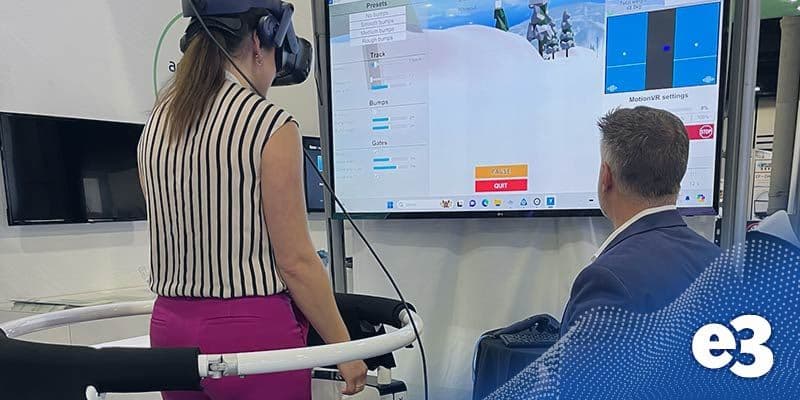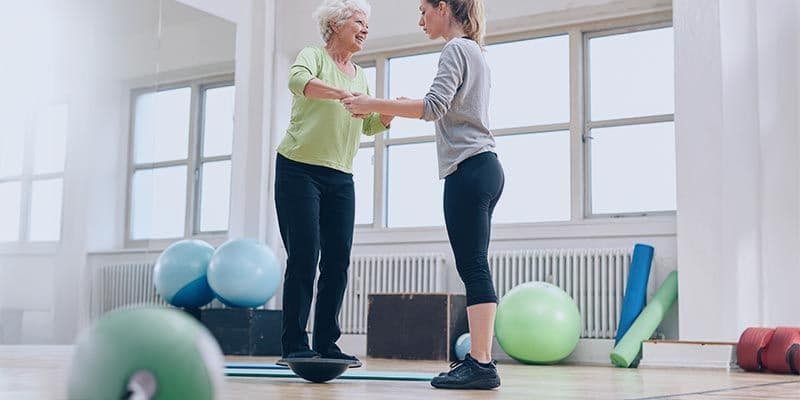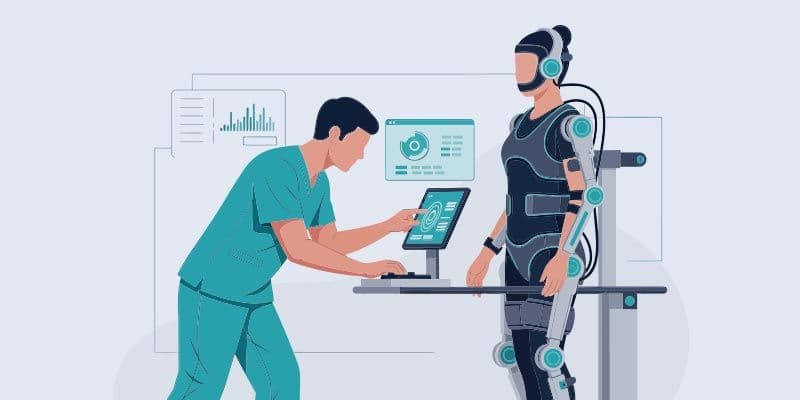Posturography and Neurodegenerative Disorders
Millions of people worldwide are affected by neurodegenerative diseases such as Parkinson’s disease (PD), multiple sclerosis (MS), Alzheimer’s disease (AD), and amyotrophic lateral sclerosis (ALS). While these conditions are typically associated with progressive motor and cognitive decline, they also bring significant balance problems and vestibular dysfunction.
Vestibular Dysfunction and Neurodegenerative Disorders
In neurodegenerative diseases, vestibular dysfunction manifests as dizziness, unsteadiness, and difficulty standing or walking. Muscle weakness, poor coordination, and cognitive impairment further complicate the picture, making falls a significant concern. For clinicians and researchers, accurately measuring and treating balance impairment is a key priority to support patient safety and independence.
Disease-Specific Insights: How Posturography Makes a Difference
Parkinson’s Disease
- PD often leads to impaired movement and balance, and vestibular dysfunction is widespread.
- Patients with PD increasingly rely on visual cues to maintain balance, especially as the disease advances.
- When visual information is unavailable, instability increases sharply.
- Posturography helps clinicians tailor vestibular rehab exercises to strengthen other sensory systems and track changes in balance over time.
Multiple Sclerosis (MS)
- MS causes a diverse array of balance problems due to both central (brain-based) and peripheral (ear-based) vestibular dysfunction.
- Patients often compensate for vestibular deficits by relying more on vision, especially when proprioceptive feedback is unreliable.
- Fatigue and cerebellar involvement can exacerbate instability.
- Posturography enables early detection of balance issues, supports targeted vestibular rehab programs, and allows for ongoing monitoring to help reduce fall risk and maintain mobility.
Alzheimer’s Disease (AD)
- AD affects more than memory—it also impacts spatial orientation and balance.
- Posturography reveals increased postural sway and challenges with integrating sensory inputs, especially during tasks that require both cognitive and motor focus.
- AD patients tend to rely excessively on visual cues, leading to difficulties in low-light or visually complex environments.
- Early identification of balance problems through posturography supports timely vestibular rehab and effective fall-prevention strategies.
Amyotrophic Lateral Sclerosis (ALS)
- ALS primarily causes muscle weakness, but vestibular and balance problems are also common and dangerous.
- Posturography can identify deficits in trunk control and sensory integration before major limb weakness develops.
- Increased sway and reduced limits of stability highlight elevated fall risk.
- Findings from posturography help guide individualized vestibular rehab, selection of assistive devices, and timely interventions as ALS progresses.
Each neurodegenerative disease presents distinct patterns of balance impairment. That means posturography protocols need to be adapted for the specific deficits seen in PD, MS, AD, and ALS. Personalized rehabilitation plans—built on objective posturographic data and consistent long-term monitoring—are essential for effective fall management and prevention.
If you are considering integrating posturography into your clinical practice, reach out to your local e3 Diagnostics office for professional support and expert consultation.






